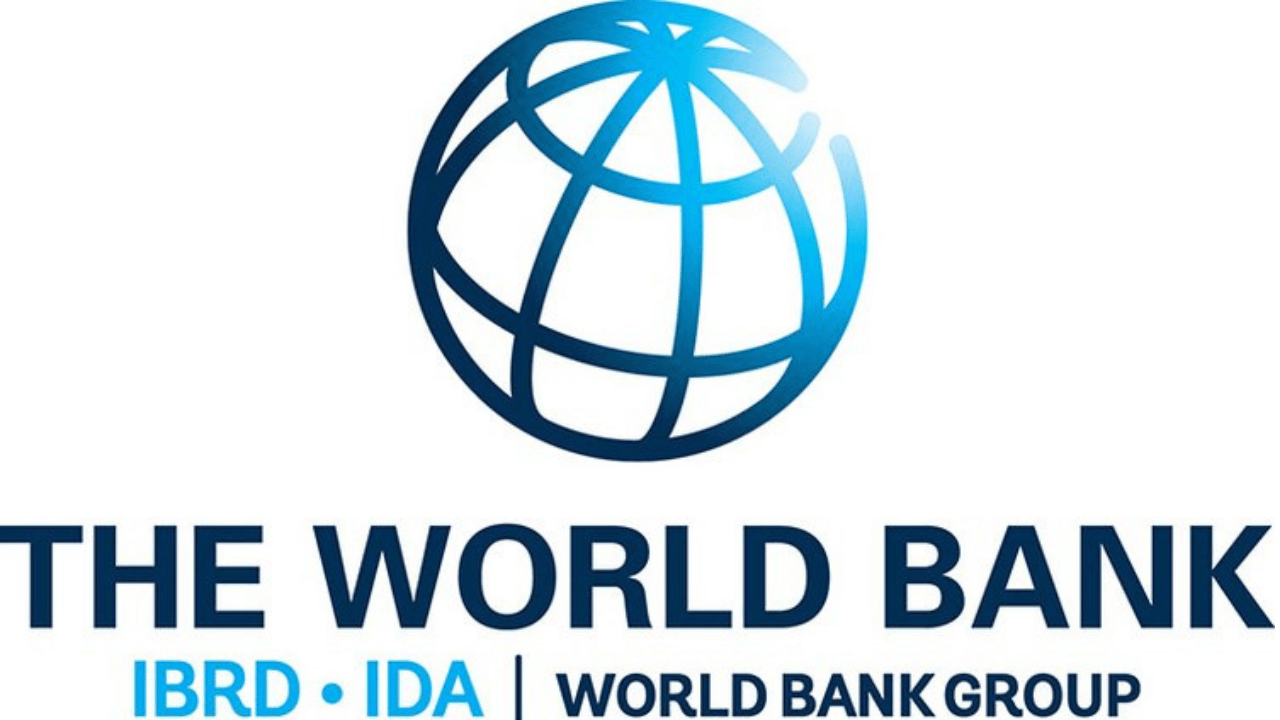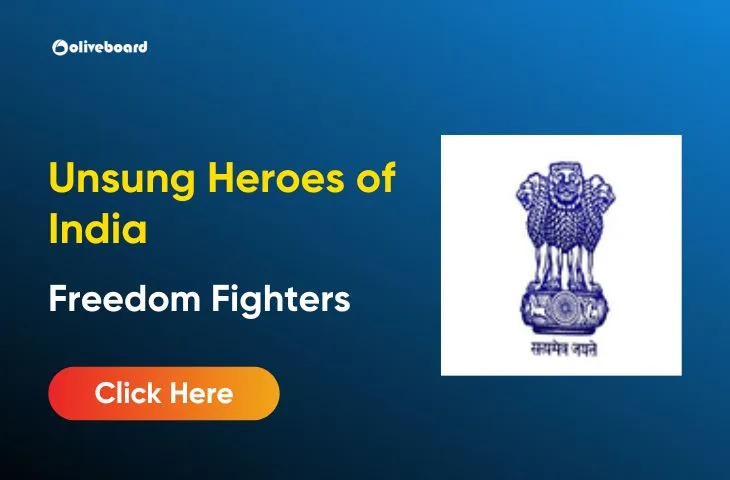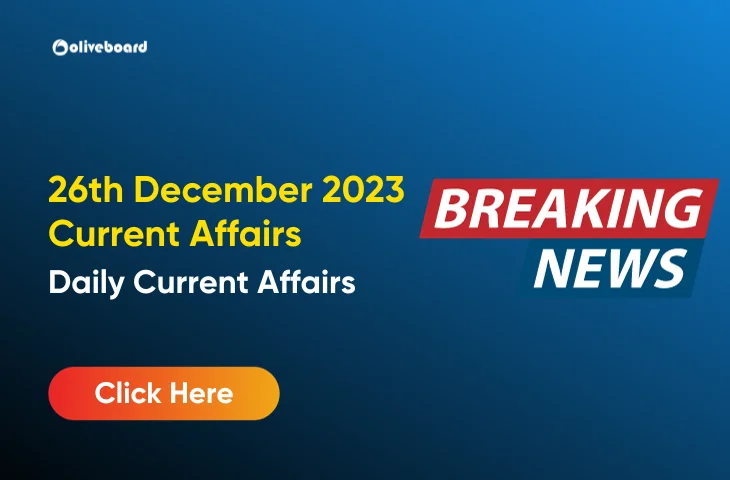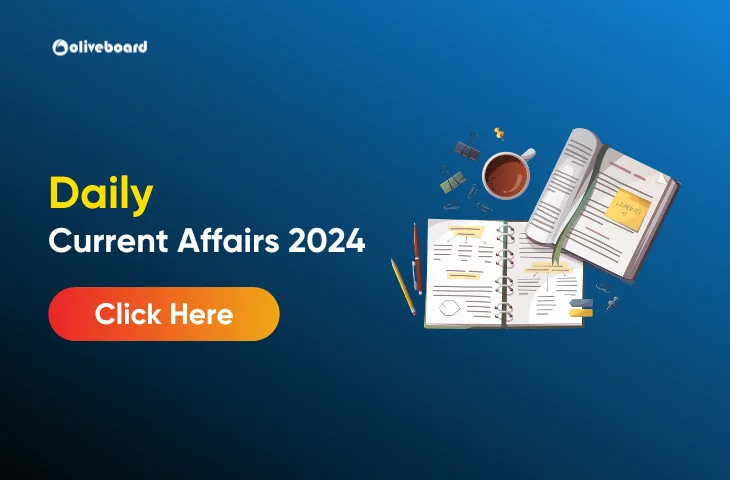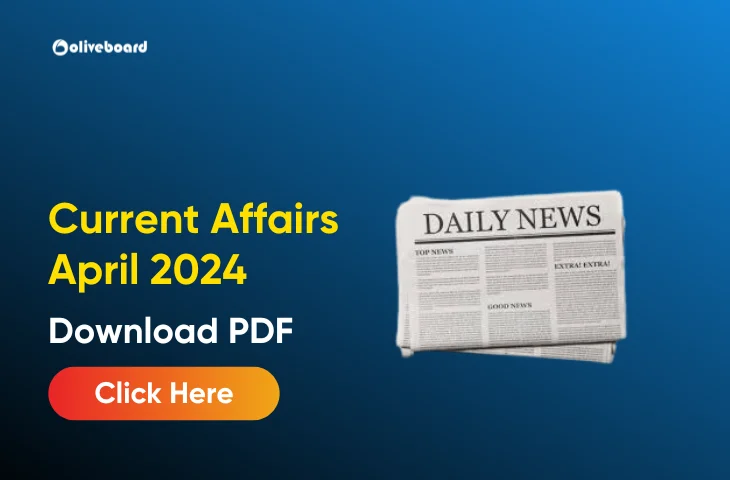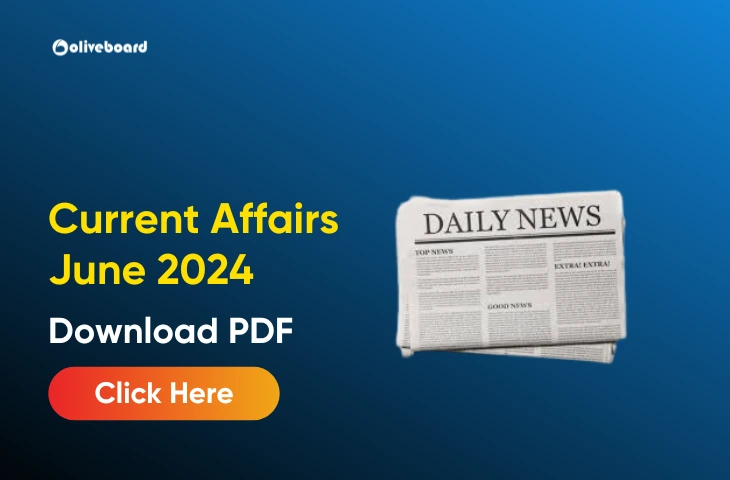The G20 Global Partnership for Financial Inclusion report, authored by the World Bank, has praised the significant positive changes brought about by Digital Public Infrastructures (DPIs) in India during the last decade, under the leadership of the Central Government. The influence of DPIs in India has been transformative, reaching beyond just promoting financial inclusivity.
Key Highlights of the G20 Global Partnership for Financial Inclusion Report

The report underscores the pioneering actions implemented by the Central Government and the crucial role of government policies and regulations in molding the landscape of Digital Public Infrastructure (DPI).
Financial Inclusion
The World Bank document applauds India’s approach to Digital Public Infrastructure (DPI), highlighting that India has achieved in just 6 years what would have otherwise taken about five decades.
- The JAM Trinity has played a pivotal role in boosting the rate of financial inclusion from 25% in 2008 to over 80% of adults in the last 6 years. This journey was expedited by up to 47 years, all thanks to DPIs.
- The document explicitly acknowledges, “While DPIs’ role in this leapfrogging is undeniable, other factors in the ecosystem and policies that build upon the availability of DPIs were crucial.
- These included interventions to establish a more supportive legal and regulatory framework, national initiatives to expand access to accounts, and the utilization of Aadhaar for identity verification.”
- Since its inception, the number of accounts opened under the Pradhan Mantri Jan Dhan Yojana (PMJDY) has tripled, going from 147.2 million in March 2015 to 462 million by June 2022. Notably, 56% of these accounts are owned by women, totaling more than 260 million.
- The Jan Dhan Plus program has encouraged low-income women to save, resulting in over 12 million women customers (as of April 2023) and a 50% increase in average balances in just five months, surpassing the entire portfolio in the same timeframe. It is estimated that by engaging 100 million low-income women in savings activities, public sector banks in India can attract approximately Rs 25,000 crore ($3.1 billion) in deposits.
Government to Person (G2P) Payments
- Over the past decade, India has constructed one of the globe’s most extensive digital Government-to-Person (G2P) infrastructures, harnessing the power of DPI.
- This approach has facilitated transfers totaling approximately $361 billion, directly benefitting recipients across 53 Central government ministries through 312 critical schemes.
- As of March 2022, this endeavor has led to cumulative savings of $33 billion, equivalent to nearly 1.14% of the GDP.
UPI
- In May 2023, a staggering number of transactions, exceeding 9.41 billion, were conducted, amounting to approximately Rs 14.89 trillion.
- For the fiscal year 2022–23, the total value of UPI transactions accounted for nearly 50% of India’s nominal GDP.
DPIs’ Potential Added Value for the Private Sector
- The DPI has not only improved efficiency for private enterprises but has also streamlined business operations by reducing complexity, costs, and processing times.
- Even non-banking financial companies (NBFCs) have experienced significant benefits, including an 8% increase in conversion rates for SME lending, a substantial 65% reduction in depreciation costs, and a remarkable 66% decrease in expenses related to fraud detection.
- According to industry assessments, the cost incurred by banks for customer onboarding in India has plummeted from $23 to just $0.1 with the implementation of DPI.
Lower Cost of Compliance for Banks for KYC
- The India Stack has played a pivotal role in digitizing and streamlining Know Your Customer (KYC) procedures, resulting in cost reductions.
- Banks utilizing e-KYC have managed to slash their compliance costs from $0.12 to $0.06.
- This cost reduction has made lower-income clients more appealing to serve. It has generated profits that can be reinvested in the development of new products and services.
Cross-Border Payments
- The UPI-PayNow interconnection between India and Singapore, which became operational in February 2023, aligns seamlessly with the G20’s focus on financial inclusion priorities.
- This integration streamlines cross-border payments, making them quicker, more cost-effective, and transparent, thus benefiting both nations.
Account Aggregator (AA) Framework
- India’s Account Aggregator (AA) Framework is designed to bolster the country’s data infrastructure. It empowers individuals and businesses to share their data only with their explicit consent, facilitated by an electronic consent framework.
- The regulatory oversight for this framework falls under the Reserve Bank of India (RBI).
- As of June 2023, a substantial cumulative total of 1.13 billion accounts have been enabled for data sharing, and an impressive cumulative number of 13.46 million consents have been raised within this system.
Data Empowerment and Protection Architecture (DEPA)
- India’s Data Empowerment and Protection Architecture (DEPA) empowers individuals by giving them control over their data.
- They can then share this data across various service providers, which promotes personalized access to products and services without necessitating significant investments in pre-existing client relationships by new entrants.
- This approach fosters innovation and competition within the industry.
About World Bank
The World Bank is an international financial institution that provides loans to developing countries for capital programs. It is one of the largest and most influential international organizations in the world.
- Founded – 1944 at the Bretton Woods Conference. Its original purpose was to help rebuild Europe after World War II.
- However, it has since expanded its mission to include helping developing countries reduce poverty and achieve sustainable development.
- Headquarters of World Bank – Washington, D.C. It has 189 member countries.
- The World Bank has two main lending arms: the International Bank for Reconstruction and Development (IBRD) and the International Development Association (IDA). The IBRD lends to middle-income countries, while the IDA lends to the poorest countries.
The World Bank also provides technical assistance to developing countries. This assistance can include advice on economic policy, development planning, and project implementation.
Main Goals
- Reduce poverty: The World Bank’s goal is to end extreme poverty by 2030.
- Promote shared prosperity: The World Bank aims to promote shared prosperity by helping countries grow their economies and create jobs.
- Build resilience: The World Bank helps countries build resilience to shocks and stresses, such as natural disasters and economic crises.
- Improve governance: The World Bank helps countries improve their governance by strengthening institutions and promoting transparency and accountability.
The World Bank has been criticized for its lending practices. It has been accused of being too focused on economic growth and not enough on social development. The World Bank has also been criticized for its environmental record.
Despite the criticisms, the World Bank remains a major player in the global development arena. It is a source of vital financial and technical assistance for developing countries. It has helped to reduce poverty and improve lives around the world.
- Weekly Current Affairs 2025 PDF For Bank, SSC, UPSC Exams
- Unsung Heroes of India: 10 Unknown Freedom Fighters You Should Know
- 26 December Current Affairs 2023 in English
- Daily Current Affairs 2025, Check Today’s Current Affairs
- April Month Current Affairs 2024, Download PDF
- June Month Current Affairs 2024, Download PDF

Hello, I’m Aditi, the creative mind behind the words at Oliveboard. As a content writer specializing in state-level exams, my mission is to unravel the complexities of exam information, ensuring aspiring candidates find clarity and confidence. Having walked the path of an aspirant myself, I bring a unique perspective to my work, crafting accessible content on Exam Notifications, Admit Cards, and Results.
At Oliveboard, I play a crucial role in empowering candidates throughout their exam journey. My dedication lies in making the seemingly daunting process not only understandable but also rewarding. Join me as I break down barriers in exam preparation, providing timely insights and valuable resources. Let’s navigate the path to success together, one well-informed step at a time.
